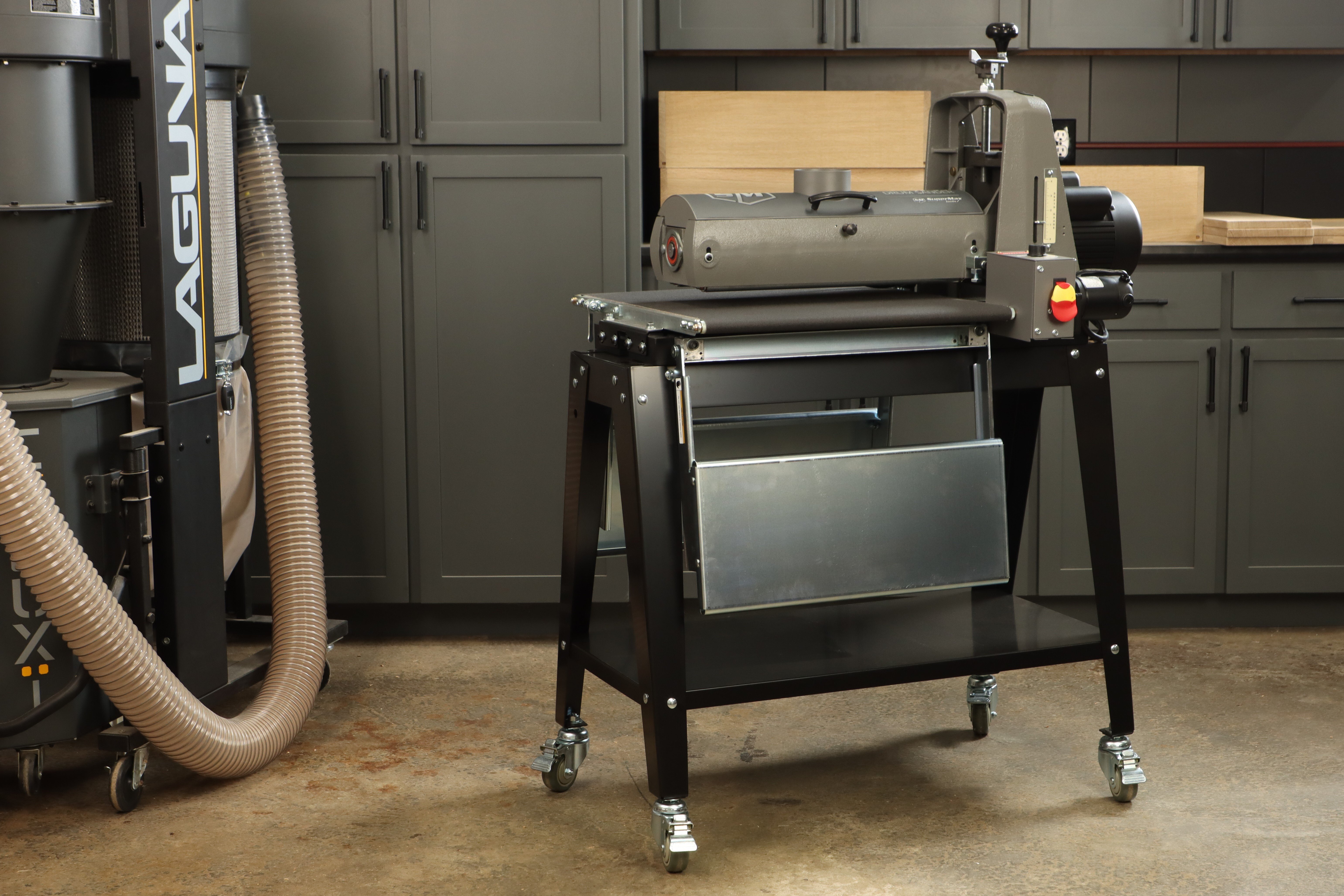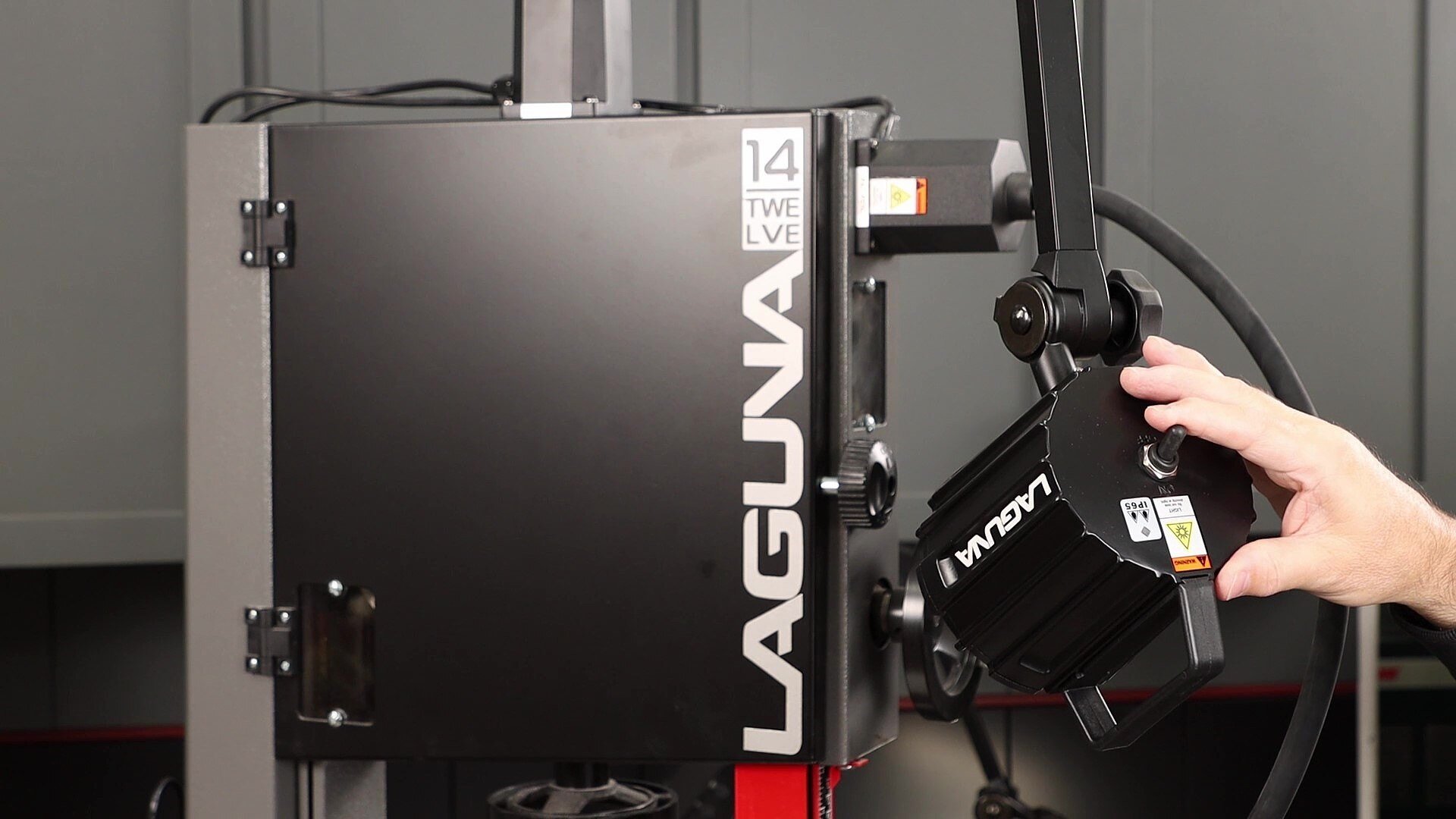Many woodworkers build their first creations with a misguided belief that the lumber that they buy from the home center or lumber yard is square and straight, or at least “good enough” to not cause them problems as they build their projects. The sobering reality usually sinks in after many hours have been invested in a creation, with the realization that something is amiss. Maybe a joint won’t completely close, a table frame cannot be made square, or a glued-up panel that once looked good, now has a large split running through it. If you’re grappling with any of these challenges, it’s time to develop your system for creating lumber that is square and straight. If you learn it, commit it to memory, and never take shortcuts, you’ll reap rewards for the rest of your woodworking days.

Flatten one face. The process begins by choosing a face on your board, and making it flat. This process is called face jointing, and it can be done in a few different ways. If you have a jointer, that is the most efficient way to do this. You will set the board face-down on your jointer, run it through taking a light cut, and repeat that process until you have made a pass that removes wood from every contact point on the wood’s surface. Use push pads to push the board through the cut to ensure that your fingers stay clear of the cutting action. If you don’t have a jointer, you can make a sled that stabilizes the board with support underneath, and run it through a planer. A hand tool alternative is to use a good #4 hand plane, which is my preferred approach for boards that exceed the width capacity of my jointer.

Joint one edge. While you’re still at the jointer, flip the board and place the freshly jointed face against the fence, holding it firmly as your run the board through as many times as is necessary to produce an edge that is freshly machined along one edge that is now perfectly straight, and square to the face that you flattened in the previous step. If you don’t have a jointer, you can achieve the straight edge that you need by clamping the board to a sled and making a cut on your table saw. A good ripping blade will help you achieve a straight cut on this step.

Plane the other face. Place the jointed face down, and run the board through your planer. The planer uses the jointed face as a reference and essentially makes a copy of it that is perfectly flat, and now your top and bottom faces are parallel to one another. If you don’t have a planer, you can complete the task using a hand plane. To do so, use a marking gauge to scribe a line around the perimeter of the board that is equidistant from the jointed face, and use a hand plane to remove stock until you reach the line and the top face is flat.
Complete the mission. Now that you have three surfaces that are perfect, and you might think that your next move should be to go to the jointer to just joint that final edge. Not so fast. Chances are good that your edges were not perfectly parallel to begin with, so simply running the board through the jointer won’t fix that. To make the edges parallel, head to the table saw and put the jointed edge against the fence, and make a rip cut that brings the edges to a parallel condition. Now you have a board that is perfect!
If you want to see this process in action, check out this video on the ToolMetrix channel:





